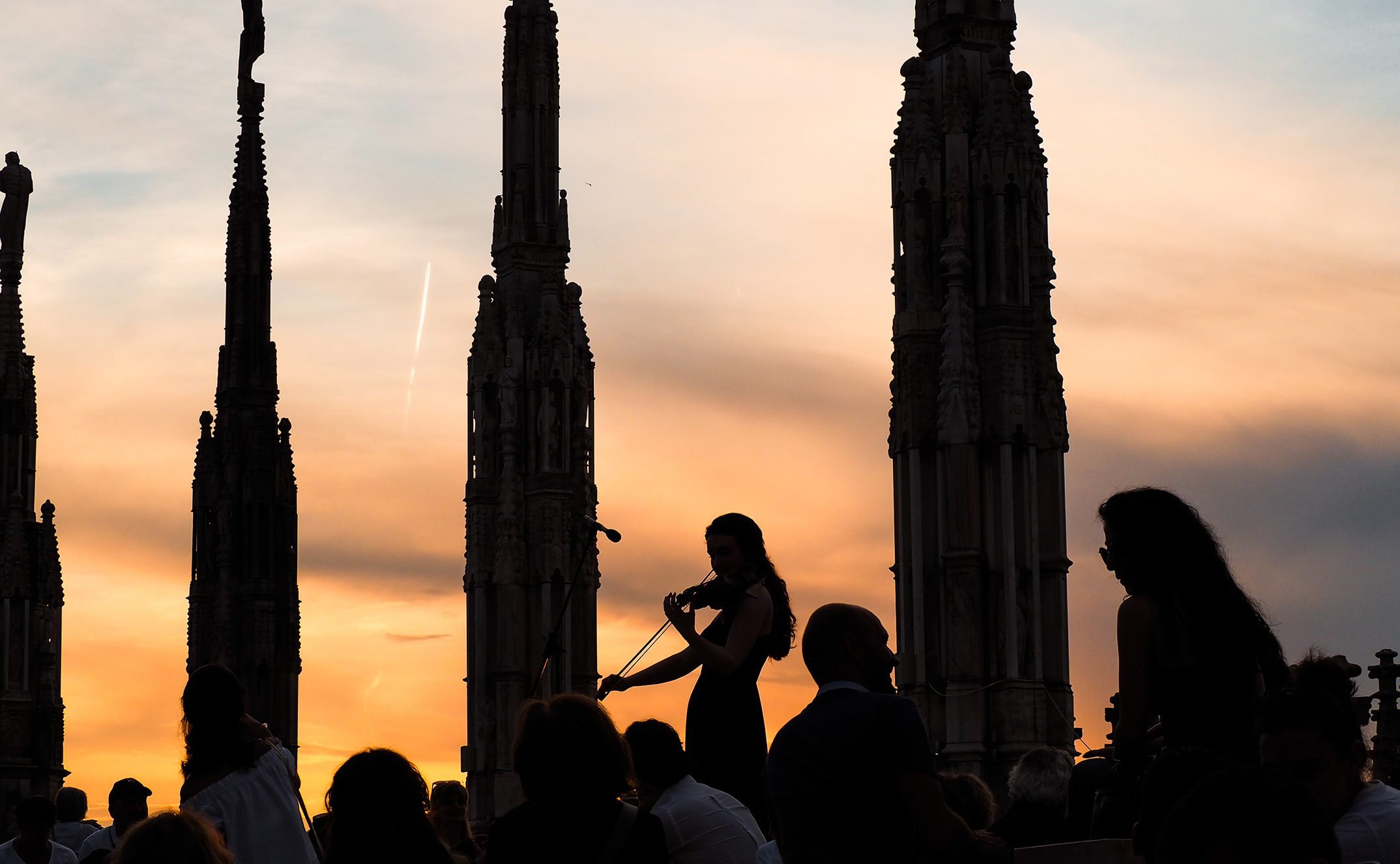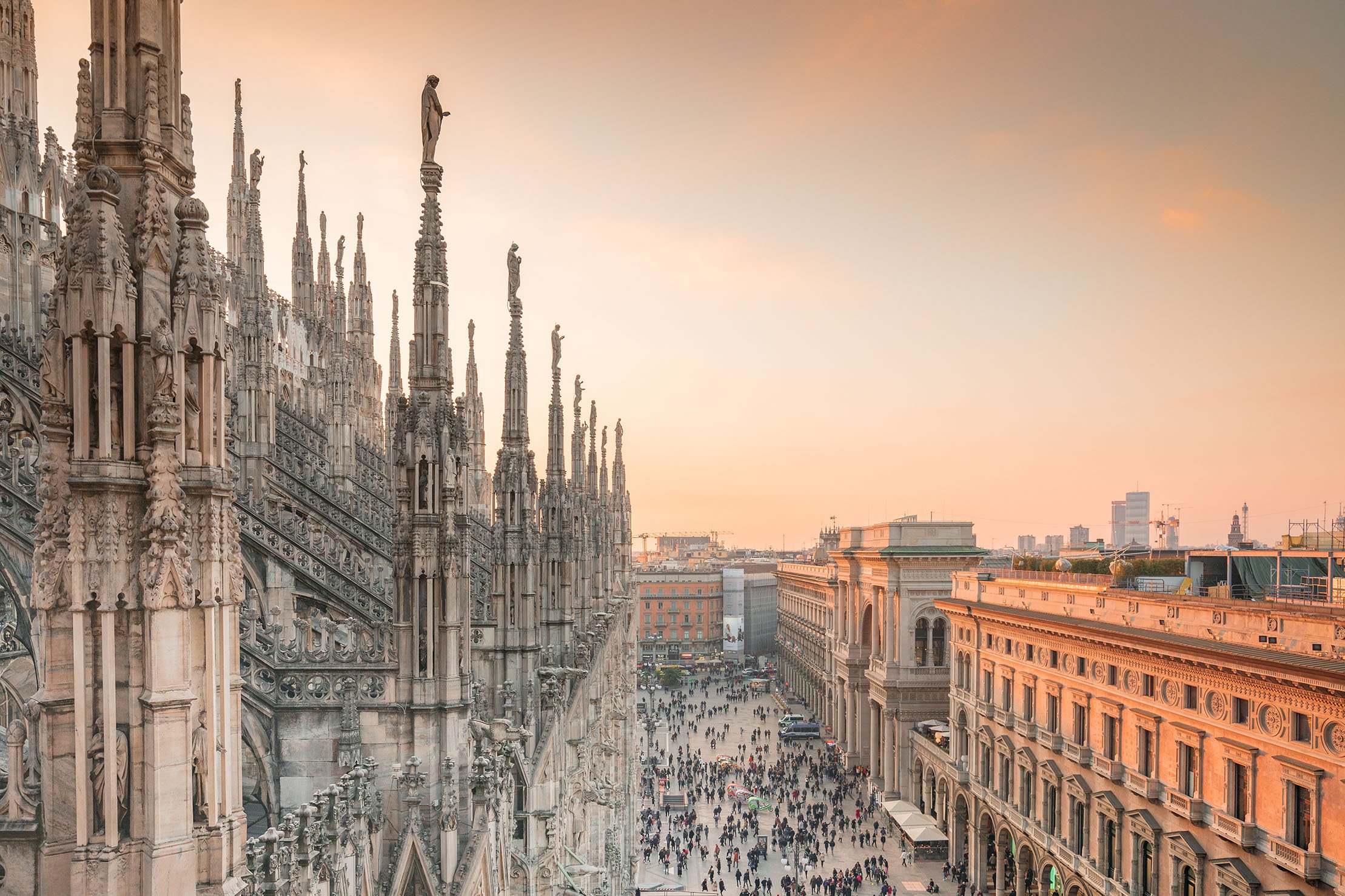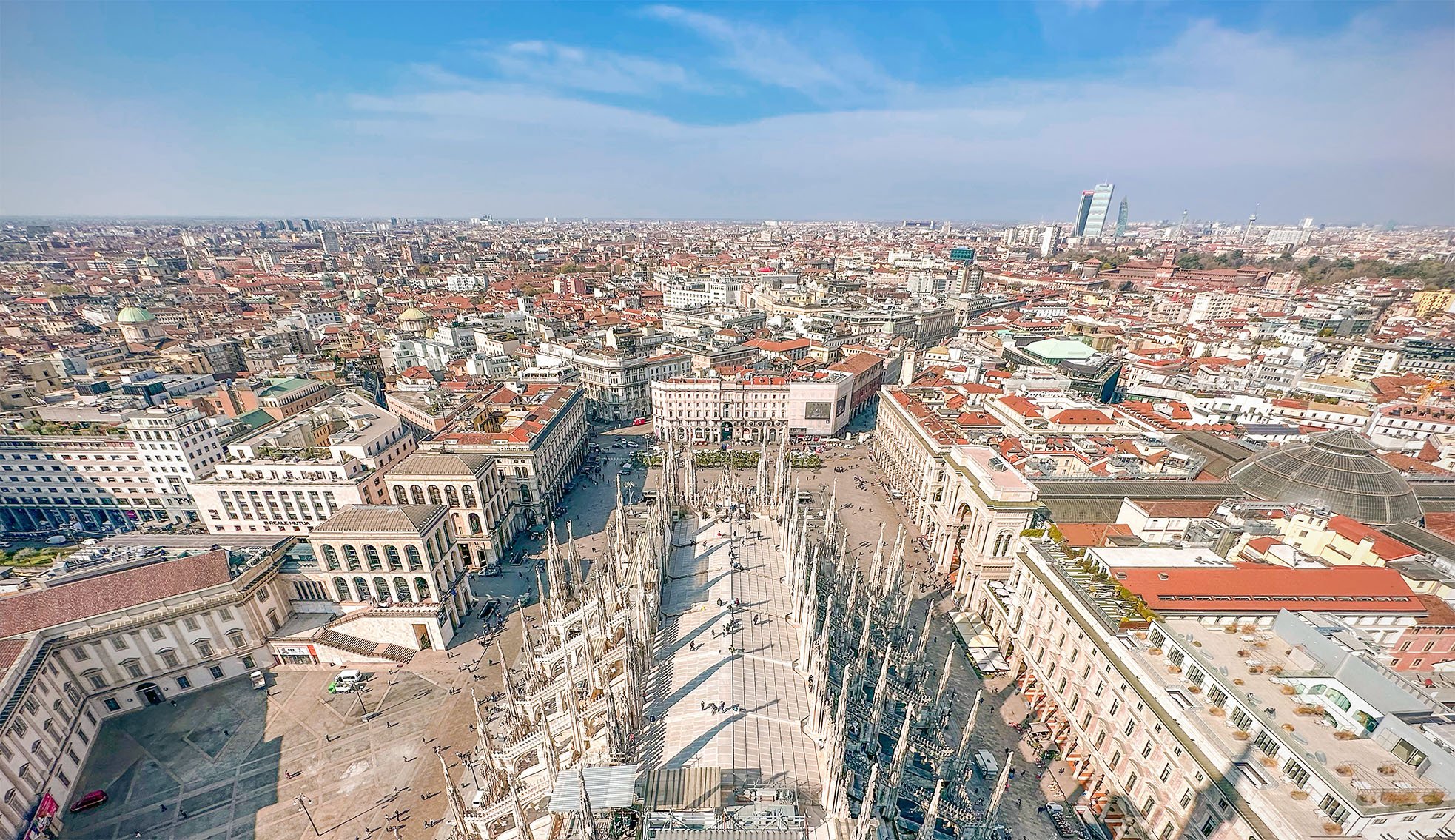The Library of the Metropolitan Chapter of Milan
The Library of the Metropolitan Chapter of Milan, based in the Palazzo dei Canonici, is the oldest library in Milan open to the public today, and contains circa 500 manuscripts, over 45,000 books, 68 incunabula and 878 cinquecentine.
Close to the Library is the Metropolitan Chapter Archive, declared to be of particular historical interest, where the documents pertaining to the Parish of Saint Thecla in the Duomo di Milano, the Rectory of San Gottardo in Corte and Arciconfraternita del Santissimo Sacramento are kept.
The Library is open to scholars from:
From Tuesday to Friday: 9.am – 12.30am
On Friday: 9.am – 12.30am; 2.30pm – 5.30pm
Piazza Duomo, 16 – Milano
tel. +39 02.72008540
[email protected]
There are no documents that directly or indirectly mention the founding of the library, just as it is not possible to state with any certainty the date on which the Metropolitan Chapter was founded, the aspects and characteristics of which can be deduced from the events that concerned the life of the Church in Milan and from the statutes which, over the course of centuries, have governed its activity. Thus we know that, towards the end of the Lombard domination, the officiation in the Cathedral was well-organised, that the Dean Dateo had founded the first foundling hospital in Milan in 787 and that schools for the training of the clergy had sprung up next to the Cathedral.
Consequently, a Chapter must have existed and this must have had a suitable collection liturgical books and publications on other subjects.
This would have been the initial nucleus of a patrimony of books to be preserved, used and, naturally, to be enlarged and enriched, such that would have been gradually organised into an authentic library. This information, albeit scanty, proves that this library is the oldest in Milan. The best-known occurrences, and those which are best documented, because they are often linked to the relations and sometimes to the controversies with the administration of the Fabbrica del Duomo*, are those of a logistic nature.
The problems, including those related to the space available for the canons’ accommodation which preceded and accompanied the building of the Duomo, often created difficulties regarding the housing of the library, as well as for the possibility of opening it to the public so that they might use the books, suitably chained to the book rests so that they could not be taken out of the premises.
The library was therefore housed in various locations, from the bell tower to the rooms of one of the sacristies. All this continued until the final construction of accommodation for the ordinary chapter canons and the rooms used to house the library, initially near the entrance facing the was side of the Duomo and then, since 1635, in its present location, together with the chapter archives.
The section that currently most characterises the library is the liturgical one with particular, but not exclusive, interest for the Ambrosian rite. The richness of the liturgical texts are due to the fact that the books belonging to the master of ceremonies, who once had his own library, in his office, have been annexed to the chapter books.
The “Ambrosian” manuscripts form the largest part of the heritage of codexes and hand-written texts, over 400, dating from the 9th century to the present day. It should be remembered that many manuscripts in the library, not only those of a liturgical nature, are richly illuminated, and are of considerable interest from the point of view of the history of illumination too.
As far as printed books are concerned, it is worth mentioning all the editions dating from the 15th century with the works of Sant’Ambrogio and a number of liturgical texts, including a monastic breviary of the “patriarchal” rite, presumably in use in the Augustine monasteries existing in the Diocese of Como in the 15th-17th centuries.
A number of sources, texts and studies dating from the 17th and 18th centuries are particularly noteworthy, even though, in a certain sense, they fall within the publications that would be expected to be found in a library containing mainly historical and religious studies and research publications. The 17th/18th century editions are completed with collections and single works on biblical, patristic, theological, spiritual and above all legal matters. Precisely this last sector, which prevails over the others, underlines the interest which the members of the chapter, men of the diocesan administration, had in questions and problems of a strictly legal nature.
At present the commitment to increase the property of the library, which contains over three thousand volumes, must take an objective situation in to account: limited financial resources given that the chapter library cannot rely on fixed public contributions.
The main focus therefore, besides the unavoidable attention to preservation and exploitation of the oldest assets of the library, is on periodicals, not very many, but of considerably high scientific level, related in particular to historical and liturgical subjects.
All this, clearly, cannot exclude the need to continue to consistently update the material, especially in the field of religious and historical sciences, by acquisitions and exchanges. Donations, and sometimes legacies, are not lacking, especially by members of the chapter. The library now has technically advanced shelving and indexing systems, to make the very most of the limited available space and permit the most profitable consultation possible and, while it lacks personnel dedicated exclusively to it, it is open for research by scholars.


